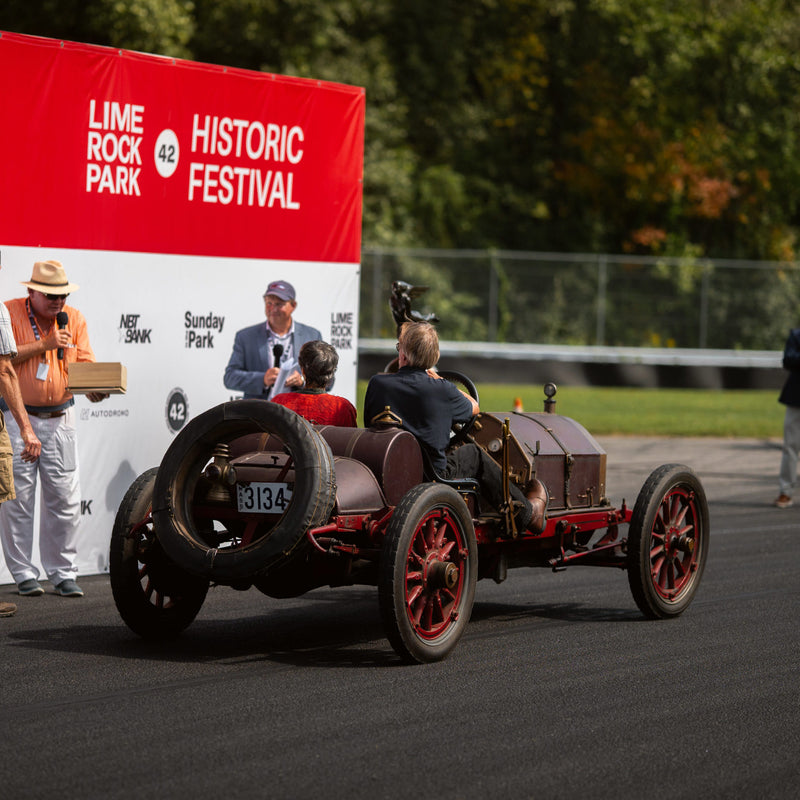The Mustang I remember most vividly and most admirably was dad’s Grabber Blue ’70 Boss 302 four-speed with the optional flat-black hood and rear-window strakes. My very first moments of consciousness took place on the torn and duct-taped black vinyl passenger bucket. I remember cheesy wood grain, a stop sign, and a hot summer breeze through the open windows, then suddenly, lots of revs and the feeling of being smashed into that ugly, ripped-up seat. My dad’s arms and feet were a blur—they were busy stoking that iron V8 furnace, and keeping it all in a straight line on shoddy old bias-plys. God, what a car. It was 1983 and I was 3 ½ years old. A few months later, my little brother was born and the Boss was traded in for a Shelby GLH, which I hated.



Styled by design legend Larry Shinoda, the Boss was conceived to bring some heat to GM, whose new Camaro was the first true competitor for the Mustang, which offered performance that easily overshadowed what previous versions of the ‘Stang could muster. Incidentally, Shinoda was a former employee of GM, where he was responsible for the stunning '63 Sting Ray. The story goes that the car was named “Boss” after he was asked by a co-worker what he was spending his time on; “The boss’s car,” he replied. Equipped with a new version of Ford’s 302-cubic-inch engine called simply “Boss 302”, it was a hybrid of existing Windsor block and Cleveland heads, each item named for the city in which it was built. Though modestly rated at 290 HP, it was enough for a then-competitive 6.7 seconds to 60 MPH and a 14 ½ second, ¼ mile time. Predictably, my dad’s was far from stock.
If Shinoda’s eye-grabbing graphics scheme and lurid color choices caught muscle enthusiasts' attention, it was Trans Am that kept them riveted. In its inaugural 1969 season, the bright “Competition Orange” Boss put up a serious fight but ultimately lost to Roger Penske’s famous Sunoco-liveried Camaros. After another gripping season of one of the greatest periods in American road racing, the Boss was victorious, winning six out of 11 races against the Camaro and Penske in its svelte new red, white, and blue AMC Javelins. Though driven with quite a bit of success by Canadian driver Allan Moffat in contemporary Australian Touring Car series, the Boss quickly faded from competition. Its 1970 Trans Am victory was the only major American championship of its short but brilliant career. Moffat, who also competed at Le Mans, Daytona, and Sebring (which he won in 1975 behind the wheel of a 3.0 CSL), credits the Boss with being his all-time favorite drive, taking him to 101 wins out of 151 starts.
Today, original and restored Boss 302s are commanding solid six-digit figures on the collector market, a price which is substantially more than the pocket change my dad was offered for trade towards Darth Vader’s turbo hatchback back in 1984, and several times what he paid for our first family home shortly thereafter. With the recent introduction of Ford’s high-tech new “Coyote” 32 valve 5.0 V8, the Boss is again being offered as a high-performance alternative to the standard GT. Its stripped-out and highly-regarded “Laguna Seca” road race package is a fitting tribute to the classic Trans Am battles held there, where the old Boss rubbed fenders and traded paint with its rivals on the corkscrew forever etched into the memory of anyone with a fondness for that great era.



Photo Sources:Mustangtech.com ,Megadeluxe.com ,forum.chaoscoalition.net ,mustangandfords.com ,Camaros.org




















































